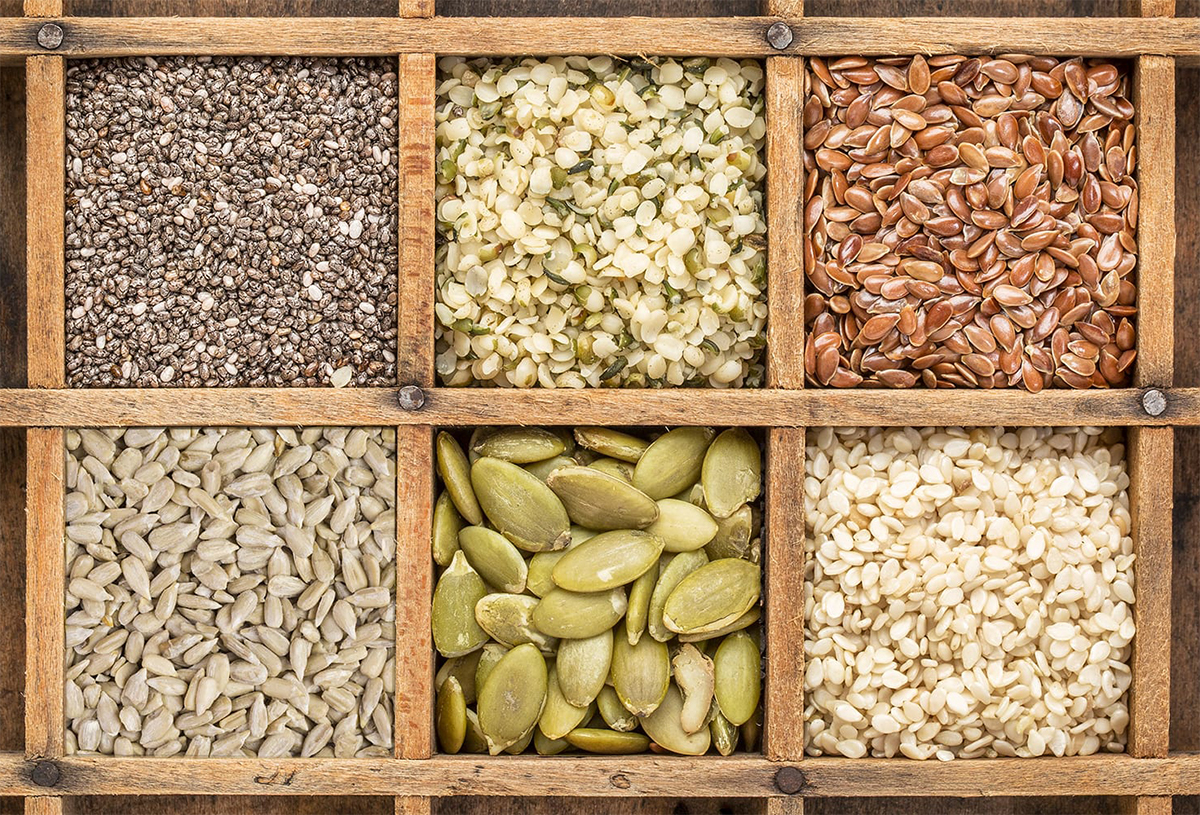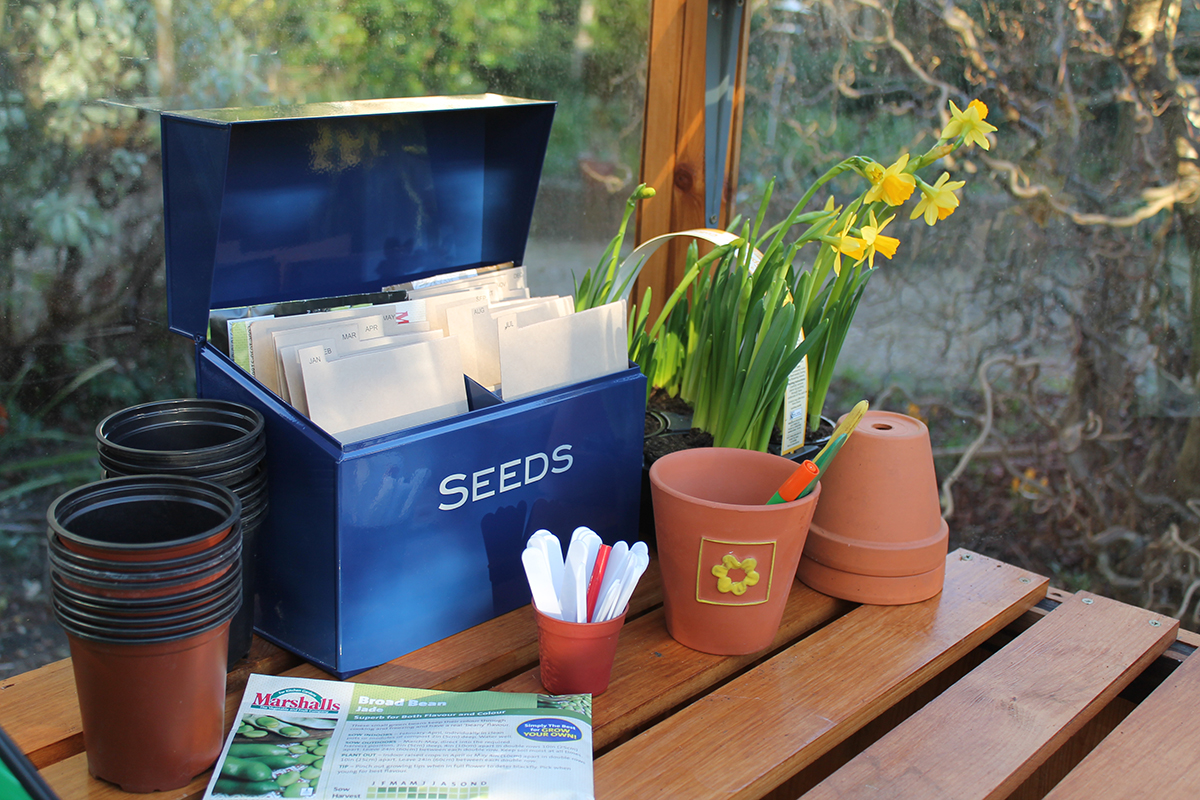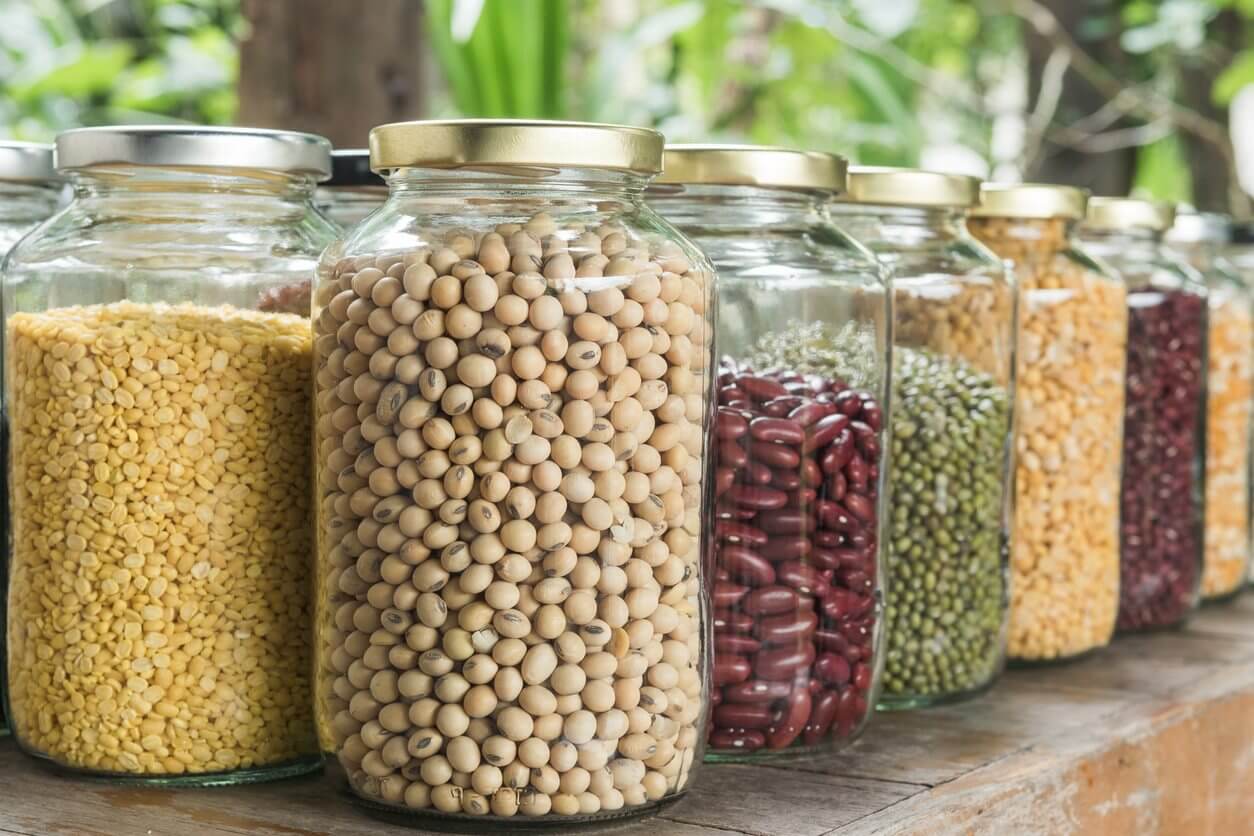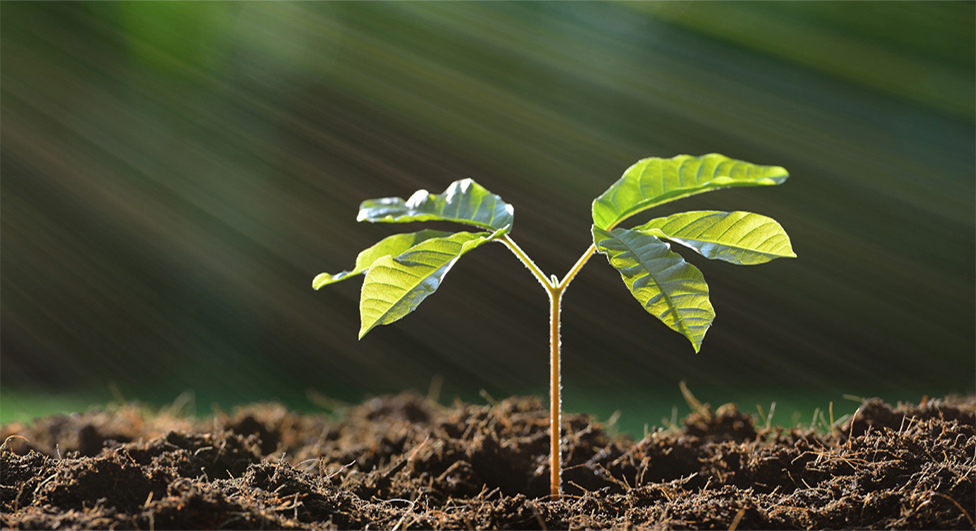

Saving Seeds for Long-Term Storage
Whether you’ve saved your own seeds from the vegetable garden or purchased quality seeds, storing seeds properly will allow you to keep them as long as possible. Here are some tips for successfully storing seeds for the garden and how to keep them in the best condition for long-term storage.
The Disappointment of Storing Seeds Incorrectly
We’ve all been there: We save leftover seeds over the winter (because we gardeners are a frugal bunch, and why would we throw away seeds?). As spring arrives, we excitedly plant them, anxiously awaiting the appearance of sprouts. And we wait some more.
Finally, we realize the seeds we saved appear to be duds, and just like that, a hopeful garden season starts on a disappointing note and we’re suddenly behind schedule.
The following are some tactics to help you take care of those seeds you hold so precious, so that not only do they last as long as possible, but they also store at their best quality so springtime planting is a success. (Or at least in the case of failure we can rule out seed quality as the culprit!)
Start with Completely Dry Seeds
I cannot overstate the importance of starting with dry seeds!
For example, one of my favorite seeds to save is cilantro (coriander), but I always wait a few days after a rain before harvesting the seeds, and I let them dry out for up to a month before I store them.
The two greatest enemies of stored seeds are high temperature and high moisture.”
So, if you’ve saved your own seeds, be sure that the seeds are thoroughly dried before storing.


The Best Conditions for Storing Seeds
Airtight containers are important for storing seeds—the containers can be glass, metal, or plastic. I store my seeds in seed envelopes in a large, airtight, Tupperware-type container. However, I also like to use Mason jars, but I trust myself less with them when I go outside to plant. I’m always worried that I’ll drop and shatter glass in the garden!
I also save the silica gel packets that come in shoe boxes and vitamin bottles and add them to my seed-saving containers as a safeguard against moisture. If you don’t have any of these things lying around, they are inexpensive to purchase and can be reused again and again.
Here are the gel packets that I’ve purchased in the past.
Seeds should be stored in a dry, dark place with consistently cool temperatures—like a cupboard. I store my seeds in the dark basement.
Storing Seeds in the Freezer for Long-term Storage
For long-term storage—or if you don’t have a basement or cupboard with consistent temperatures—consider freezing (completely dry) seeds in a glass jar. The refrigerator is second-best, since temperatures aren’t as consistent there.
Recovering Seeds from the Freezer or Refrigerator
This part is so important for keeping the quality of seeds!
To recover seeds from the freezer for use:
Set the jar out on a kitchen table or shelf for 12 hours so it can reach room temperature. This will prevent moisture from condensing on the seeds. (Remember, moisture = enemy #1)!
Expose the seeds to air by opening the lid for a few days before planting. Refrain from moving seeds from the freezer to room temperature more than once, as each transfer will reduce the viability of the seeds.


The Suburban Micro-Farm Book
Organizing Seeds: Ensure That You Can Find & Use Those Well-Stored Seeds!
Having a system for keeping seeds organized allows you to take stock of what seeds you have, so you don’t end up buying seeds you already own. It can also help you keep track of your seeds by age, so that older seeds are used first, and expired seeds are composted instead of planted.
Each seed packet has an origination date on it, which is the date the seeds were collected. (If you collect your own seeds, be sure to date your own packets!) Using this number can help you quickly sift through seed packets and categorize them by year if you need to.
There are two ways I like to organize seeds: card catalog style and Mason jar style. Your storage organization will largely depend on your lifestyle and environment, but no matter which style you choose, be sure it is an airtight solution that keeps seeds dry and cool.
Don’t forget your silica gel packets!
Organizing Seeds with the Card Catalog Style
Are you old enough to remember library card catalogs? Use a rectangular airtight container that is deep enough to store seed packets standing up. Make sure the lid fits well when full. I love this method because all the seed packets live together in one or two containers.
Dividers can help you find things even quicker. Seeds of a certain type can be catalogued in order of their origination date, so older seeds get used first.
Storing Seeds for Long-Term Seed Saving: Here are some tips for successfully storing seeds for the garden and how to keep them in the best condition for long-term storage.
A plastic shoe box transforms into a card catalog style seed organization box.


Organizing Seeds with the Mason Jar Style
Mason jars allow you to store seeds in smaller units. For example, you could store short-lived seeds in the freezer so you can ensure their viability until the next growing season, while longer-lived seeds may store okay under the bed or in a cupboard.
How you organize your Mason jars will depend on your storage needs and how many seeds you’re storing. If you’re a tomato lover, store all of your tomato varieties together in one Mason jar.
Or, try themed gardens in Mason jars (which make great gifts!). Seeds for a spring garden, a salad garden, or a salsa garden could store well together in one jar.
Storing Seeds for Long-Term Seed Saving: Here are some tips for successfully storing seeds for the garden and how to keep them in the best condition for long-term storage.
All of my lettuce seed varieties fit into this gallon size mason jar.
However you organize your seeds, be sure to keep track of seed origination dates.


Seed Viability
As seeds age, their germination rate naturally declines. All seeds will stay viable for at least a year, and storing seeds properly can allow many seeds to remain viable even longer. Here’s an idea of how long different types of seeds can last with optimal storage conditions:
Short-lived Seeds (1 to 2 years):
okra
onion
parsley
parsnip
pepper
sweet corn
Intermediate Seeds (3 to 4 years):
bean
beet
cabbage family (broccoli, Brussels sprouts, cabbage, cauliflower, kohlrabi, etc.)
carrot
celery
eggplant
leek
pea
pumpkin
spinach
squash
tomato
turnip
watermelon
Long-lived Seeds (5 to 6 years):
cucumber
lettuce
radish
Getting Out Your Seeds in the Springtime
If you need some tips for getting your seeds started in the spring, check out my guide to starting seeds indoors.
TIP: Toss expired seeds into a wild section of the garden. Sometimes they produce a surprise crop!
At our community garden, we had a “Seed Toss” each year at the season kick-off party. It was fun to see what would grow in the wild area! In my home garden, I’m getting a nice little surprise crop of butternut squash!
All in all, storing storing seeds properly will allow you to make the most out of your investment and have a successful garden season with high quality seeds.


